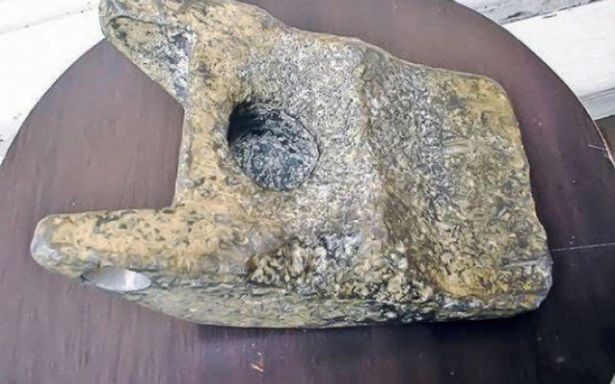

A piece of aluminium that apparently seems to be handmade has aroused much curiosity among archaeologists and general public all over the world. Builders unearthed the 20cm-long metal chunk on the shores of the Mures River in Aiud, Romania, about 33 feet underground in 1973, with the details surfacing only very recently. Archaeologists enlisted to study the aluminium confirmed that it was an extremely lightweight metal that had been manufactured.
Further study revealed that the object is made of 12 metals, 90 per cent aluminium, and the Romanian officials found it as being 250,000 years old! This is indeed an astonishing finding given the fact that aluminium was first produced on earth only 200 years ago.

The aluminium artefact has concavities that suggest that it was part of a more complex mechanical system – originating, in all probability, from an extra-terrestrial source. However, concrete evidence for the same is yet to come out.
Gheorghe Cohal, the Deputy Director of the Romanian Ufologists Association, told reporters, “Lab tests concluded it is an old UFO fragment given that the substances it comprises cannot be combined with technology available on Earth.”
{googleAdsense}
The aluminium object has now gone on display in the History Museum of Cluj-Napoca. The label below it reads- "Origin still unknown."
The aluminium metal that finds wide application today in almost all industries- transportation, construction, packaging, electricals, and others, was first discovered when scientists were able to use electricity to break down chemical compounds called 'bauxite' ore into their elements. In the 19 century the Danish physicist Christian Oersted used electrolysis to obtain aluminium. Till today, electrolysis or electrolytic reduction is used for producing aluminium from bauxite.



Responses






